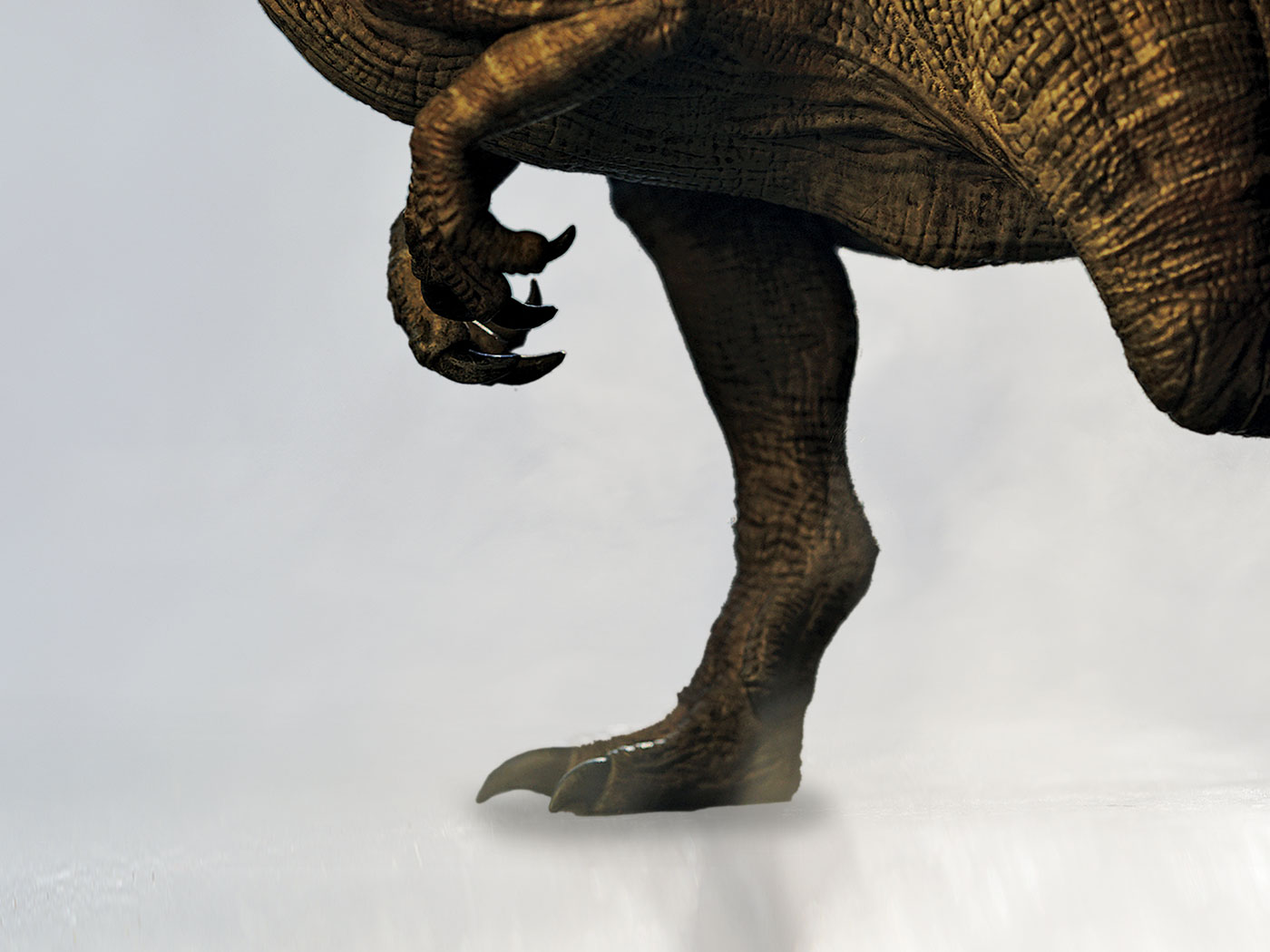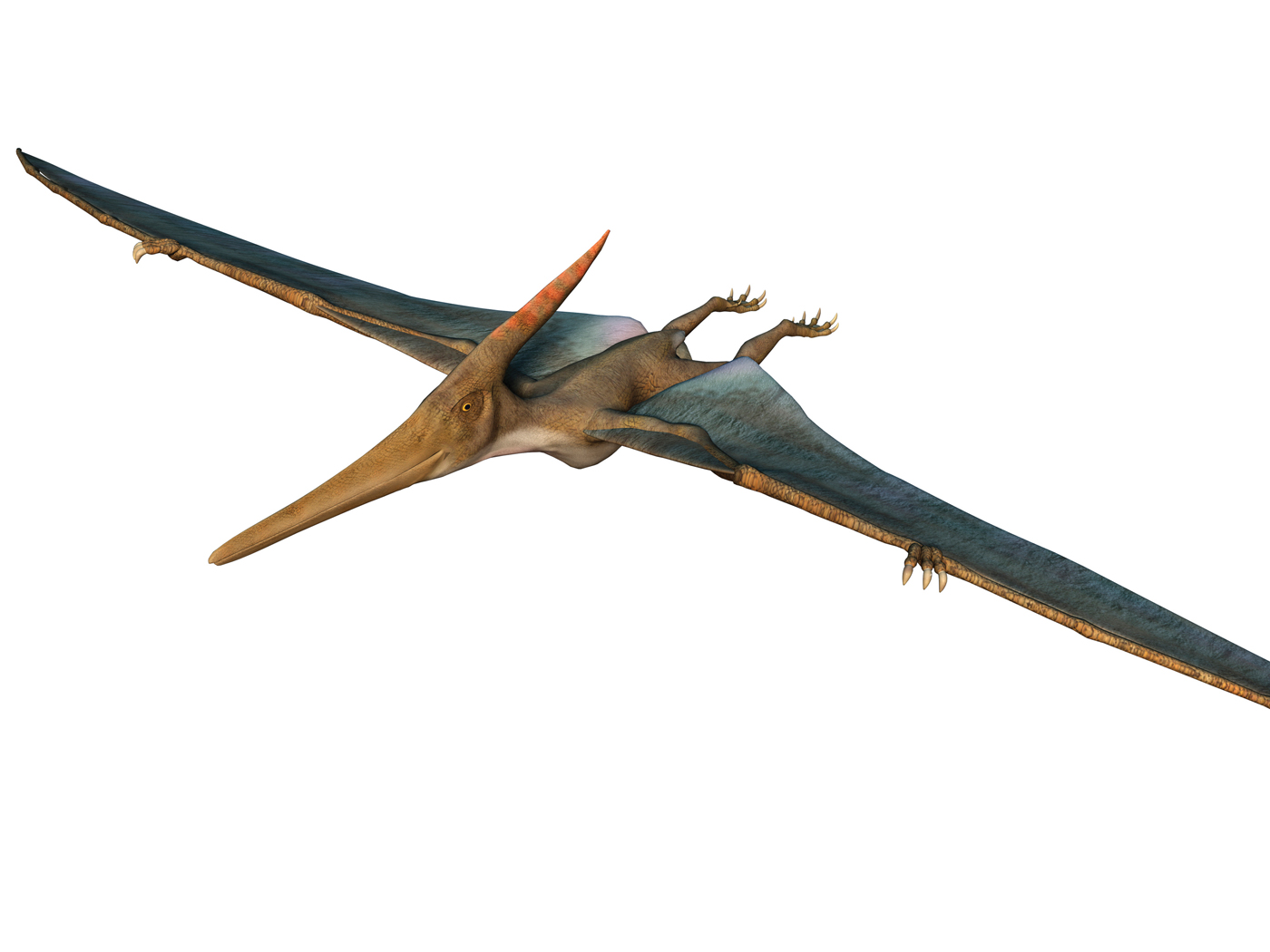
Mercury's Fading Magnetic Field Fits Creation Model
Planets, including the earth, generate magnetic fields that encompass the space around them. Observations have shown that, like earth's, the planet Mercury's magnetic field is rapidly breaking down, and NASA's Messenger spacecraft confirmed that again earlier this year.
If the planets in the solar system are billions of years old, why do these magnetic fields still exist?

Mercury's Surface Looks Young
NASA's Messenger spacecraft mission to Mercury has given scientists the opportunity to learn more about the properties of the solar system's innermost planet. After supposedly billions of years since its formation, the planet should be dead, or geologically inactive. New data from Messenger, however, show that Mercury remains active and is still generating surface features.

Mythical Planet Doesn't Solve Orbit Origins
It has always been impossibly difficult for astronomers to realistically explain how galaxies, stars, and planets might have formed through natural processes. To prop up their naturalistic theories, they will sometimes invent unobserved structures, such as the Oort cloud for comets.1

Rare Supernova Recalls Missing Remnants Mystery
Astronomers have found "the supernova of a generation," according to University of California's Joshua Bloom.1 Sequential photographs show the star rapidly increasing in brightness as the supernova progresses. If standard models are correct, it should soon produce a vast cloud or nebula surrounding a small, dense neutron star.

Young Comet Challenges Solar System Formation Story
Comet Hartley 2 is an odd, dumbbell-shaped object that rotates as it tumbles along its orbit. One end spews carbon dioxide gas so violently that it regularly throws off chunks of ice as it travels around the sun every six and a half years or so.











